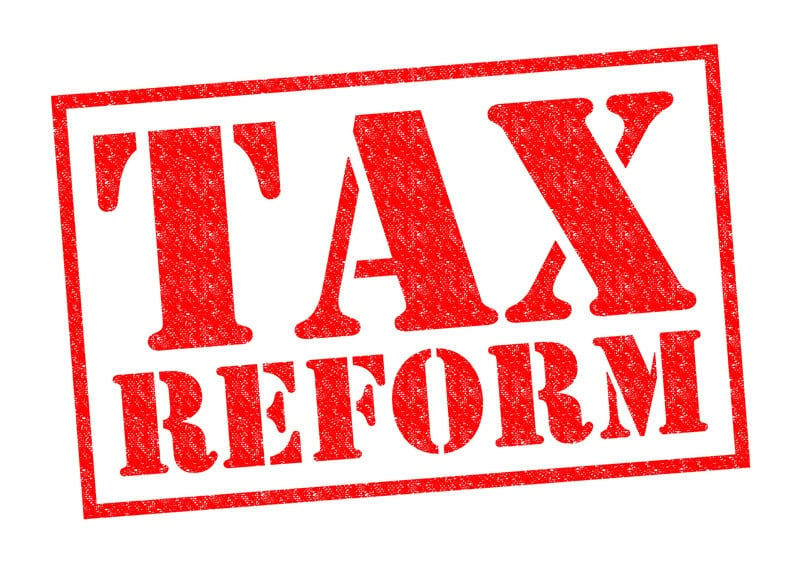What Trump’s Tax Plan Means for You
 What Trump’s Tax Plan Means for You
What Trump’s Tax Plan Means for You
When we finally got a look at President Trump’s tax reform plan, it was surprisingly brief. Coming in at one page and fewer than 200 words, the announcement on Wednesday, April 26, 2017 was more of a broad overview than an actual proposal. Despite its brevity, Trump’s changes to the tax code would affect nearly every American.
Key Points
Here’s a look at the main highlights for individual tax filers:
- The current seven individual tax brackets will be streamlined to three --10%, 25% and 35%. The top rate will drop from 39.6% to 35%, but it is unclear which income ranges would apply to the three proposed brackets.
- The standard deduction, currently $6,350 for single filers and $12,700 for married couples, would double to $12,700 and $25,400.
- Most individual tax deductions would be eliminated, including medical expenses. Charitable contributions and mortgage interest would still be deductible.
- The estate tax would vanish. The 40% tax currently applies to a $5.5 million inheritance for individuals and $11 million for married couples.
- The so-called Obamacare tax would also vanish. This is a 3.8% tax on the interest, dividends and capital gains of higher income households that helps fund the Affordable Care Act.
- The Alternative Minimum Tax would be repealed. This 28% tax usually hits households with incomes of several hundred thousand dollars that would otherwise benefit from a lower effective tax rate thanks to deductions.
Changes were also proposed in the corporate tax structure:
- The corporate tax rate would drop to 15% from the current 35%.
- Pass-through entities and sole proprietorships will also be taxed at 15% rather than 39.6%.
- A one-time repatriation tax would be imposed on the profits of foreign subsidiaries of U.S. companies. The White House believes that this would apply to trillions of dollars in overseas profits.
Reaction
According to President Trump, these proposed changes are designed to simplify the tax code and stimulate the economy. However, the other side of the isle is calling the Trump plan a gift to the wealthy.
The Center for Budget and Policy Priorities, a nonpartisan research and policy institute, weighed-in through their Director of Federal Tax Policy, Chuck Marr. “It’s a very lopsided plan to the top of the income scale,” Marr noted while pointing out that the top 1% of households would see a 14% increase in after-tax income with this plan and low and middle-class Americans would see gains of less than 2%.
The U.S. Chamber of Commerce, on the other hand, backed the White House by saying that the plan would “help drive job creation, investment and economic growth.”
The general consensus in financial markets is that this is merely round one in a long battle.
What’s Next
Nothing will happen until this proposal is drafted into a bill which would then have to pass the U.S. House and Senate before going to the President to be signed into law.
Furthermore, the GOP will need to stay united to move any tax cut forward. It’s likely that the GOP will use reconciliation to prevent a Democratic filibuster against the legislation, so that they will need 51 Senate votes to pass instead of 60.
Bipartisan support would give this plan the best chance of success, but even if that can be achieved, it’s a good bet that policy debate will continue through much of 2017.
For additional information contact Barry D. Groebel, CPA at bdgroebel@herbein.com.